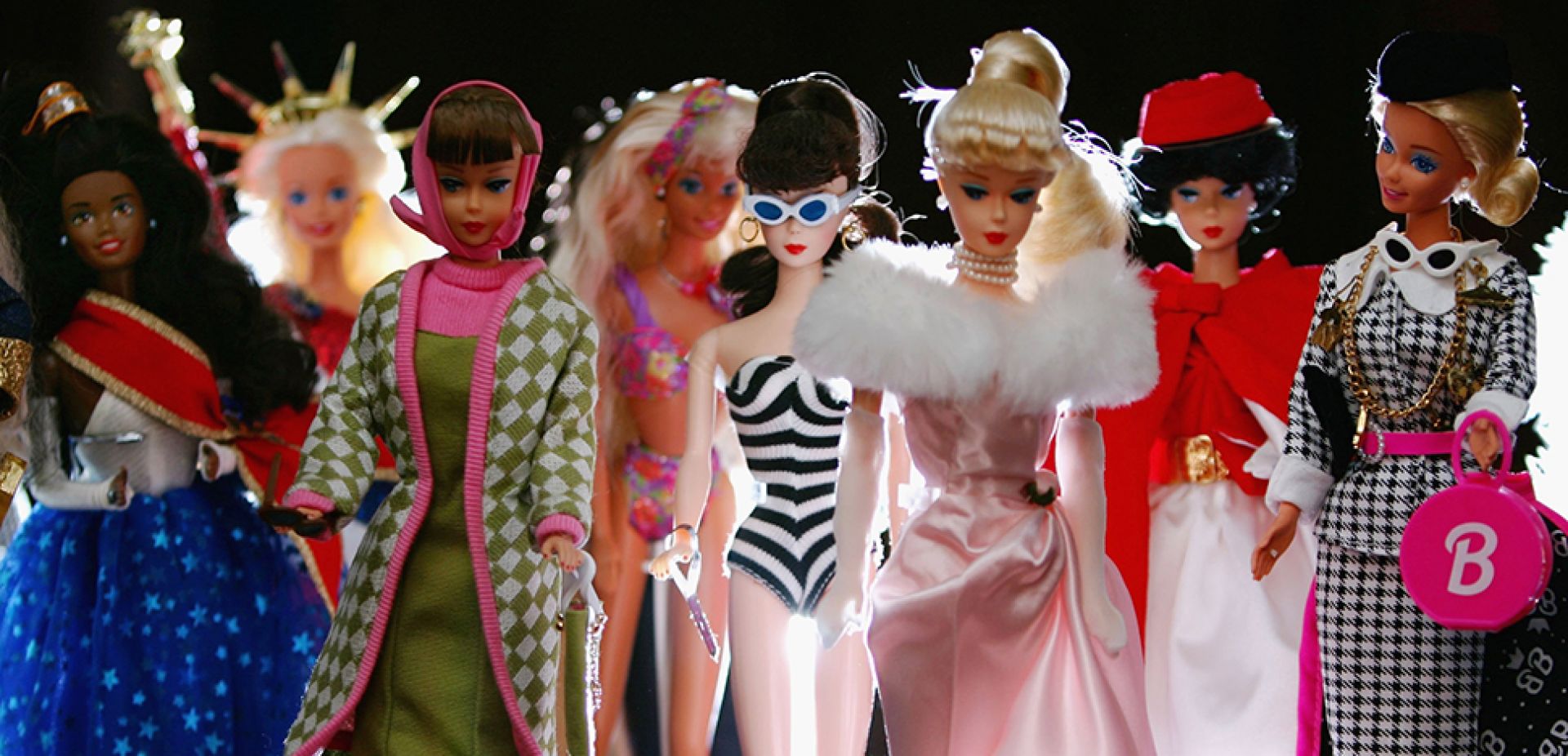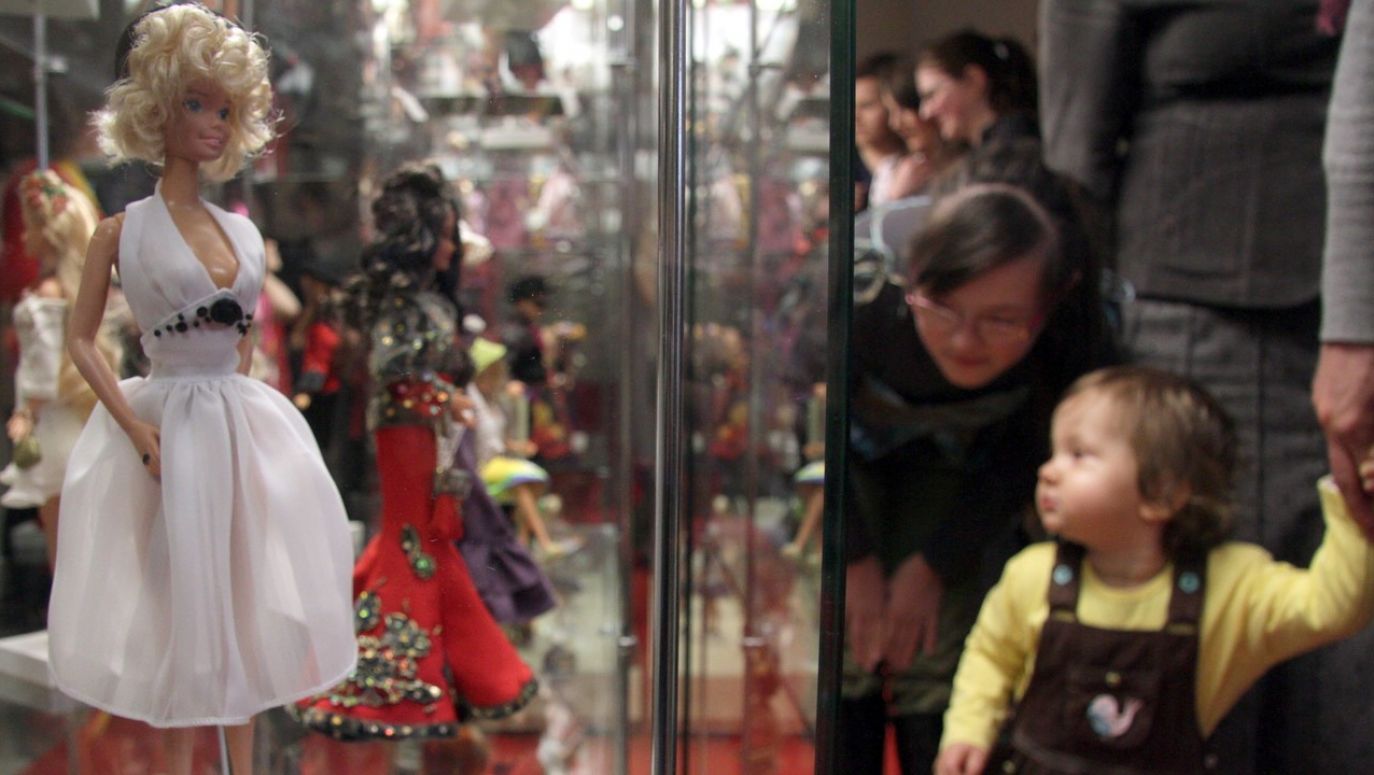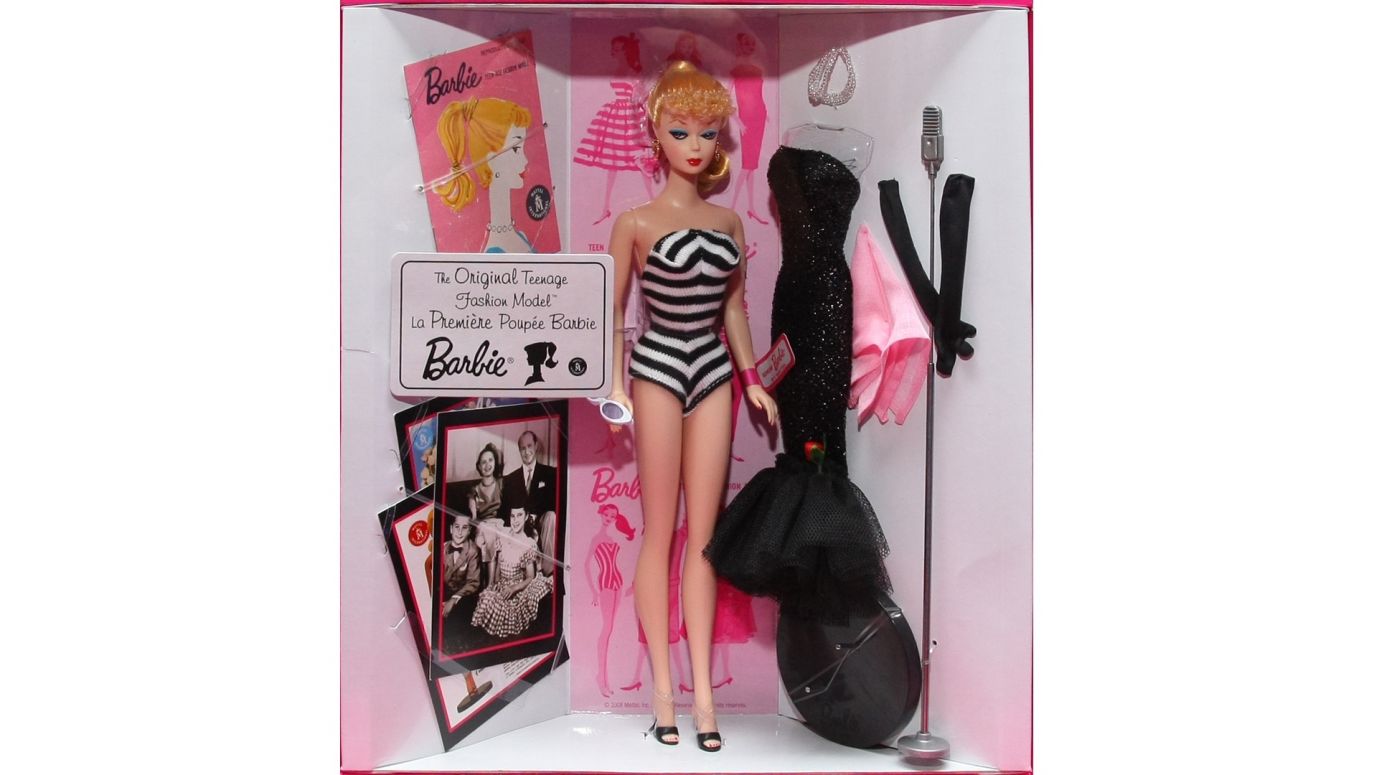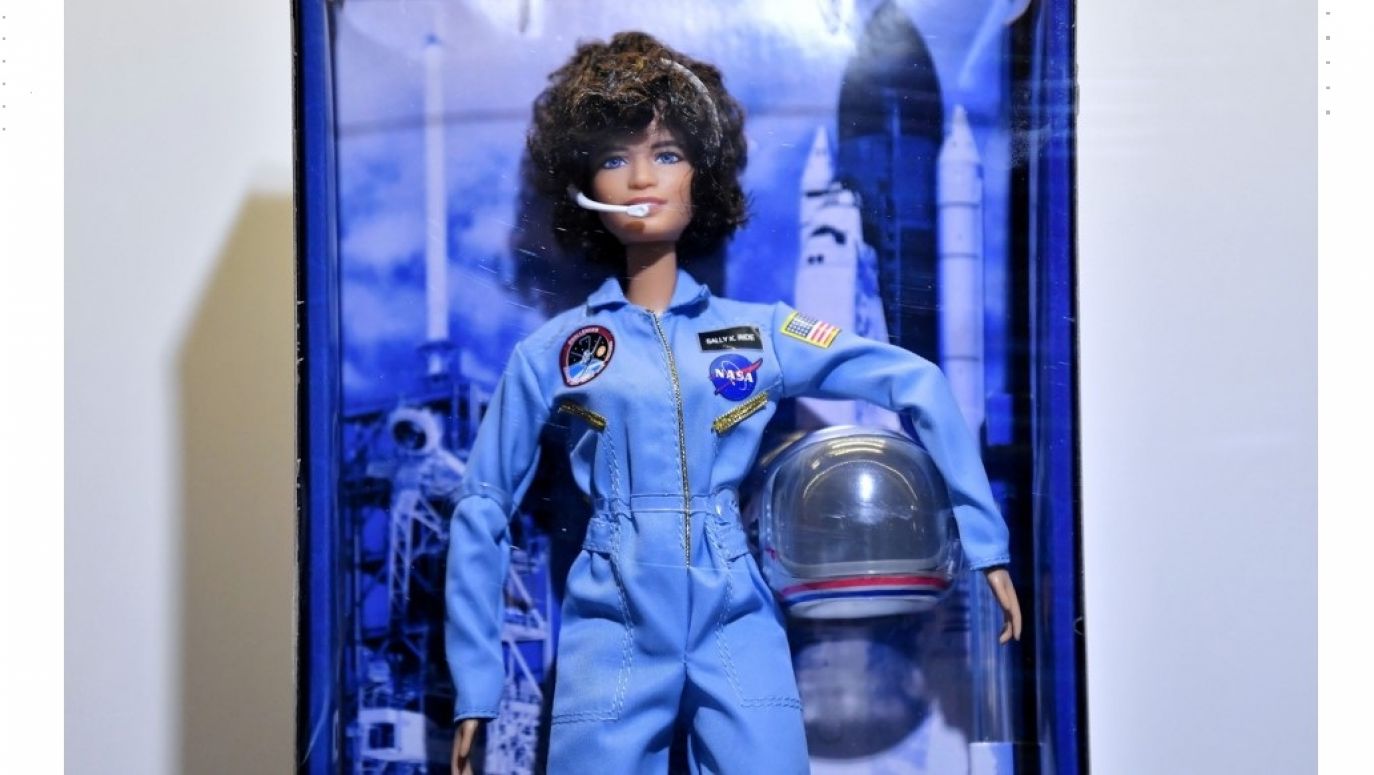And not only wigs but also outfits, glasses and shoes (three pairs in the basic kit). In addition, there is a handbag and hat and six changes of outfit: from tracksuits and unisex T-shirts, through clothes customarily "male" (tracksuit, pants with pockets, aviator jacket), to apparel customarily "female" (ball gowns, two-piece beach suit, mini). Of course, you can find much more complementary clothing sets and accessories on the market. The DC dolls are supposed to transform themselves in a protean way and constantly change (as the packaging clearly and graphically suggests) clothes and hair, flowing like mermaids through the turbulent currents of identity.
And that's what, it seems, the poor Minotaur couldn't stand. As Herbert wrote: "The unfortunate prince, pushed by the preceptors through the corridors of induction and deduction, wandered around, staring blankly at the illustrative frescoes. He didn't understand any of it.
"Having exhausted all means, King Minos decided to get rid of the blemish of the family. He brought (...) the skillful murderer Theseus. And Theseus killed the Minotaur. On this point, myth and history agree.
"Through the labyrinth -- a primer no longer needed -- Theseus returns carrying the large, bloody head of the Minotaur with goggled eyes, in which for the first time began to sprout the wisdom -- which experience usually gives".
The death and resurrection of DC Doll
In fact, poetry and market practice are incompatible here. It was not the Minotaur (i.e. the society that had to be educated) that was killed, but the DC Dolls. "German society was not yet ready [for them]. The doll did not sell well and is no longer available in shops," stated Sebastian Trischler.
Of course, that’s just for now. Senior company official, Richard Dickson, unequivocally told the weekly magazine
Stern on February 4: "[DC Dolls] are no longer for sale. But that doesn't mean they won't come back."
They will come back, for sure. However, while observing both the efforts of the German branch of the Mattel company and its commitment to progress in the field of social pedagogy as well as Sebastian Trischler's clear, though malely hidden regret, I am compelled to quote Bertold Brecht’s famous poem "The Solution" written in 1953:
After the uprising of the 17th June
The Secretary of the Writers Union
Had leaflets distributed in the Stalinallee
Stating that the people
Had forfeited the confidence of the government
And could win it back only
By redoubled efforts. Would it not be easier
In that case for the government
To dissolve the people
And elect another?
– Wojciech Stanisławski
TVP WEEKLY. Editorial team and journalists
– Translated by Agnieszka Rakoczy

 SIGN UP TO OUR PAGE
SIGN UP TO OUR PAGE 








